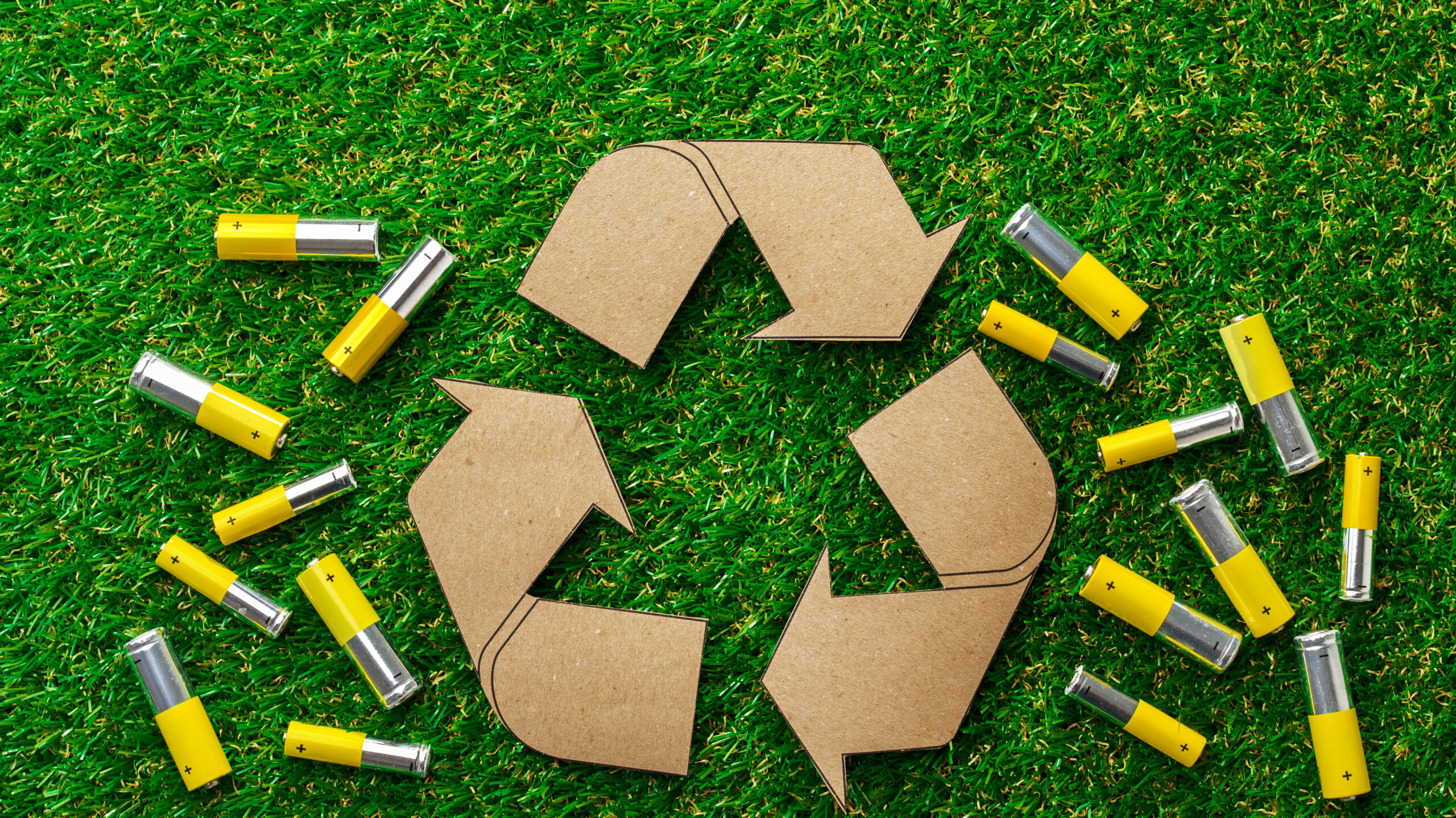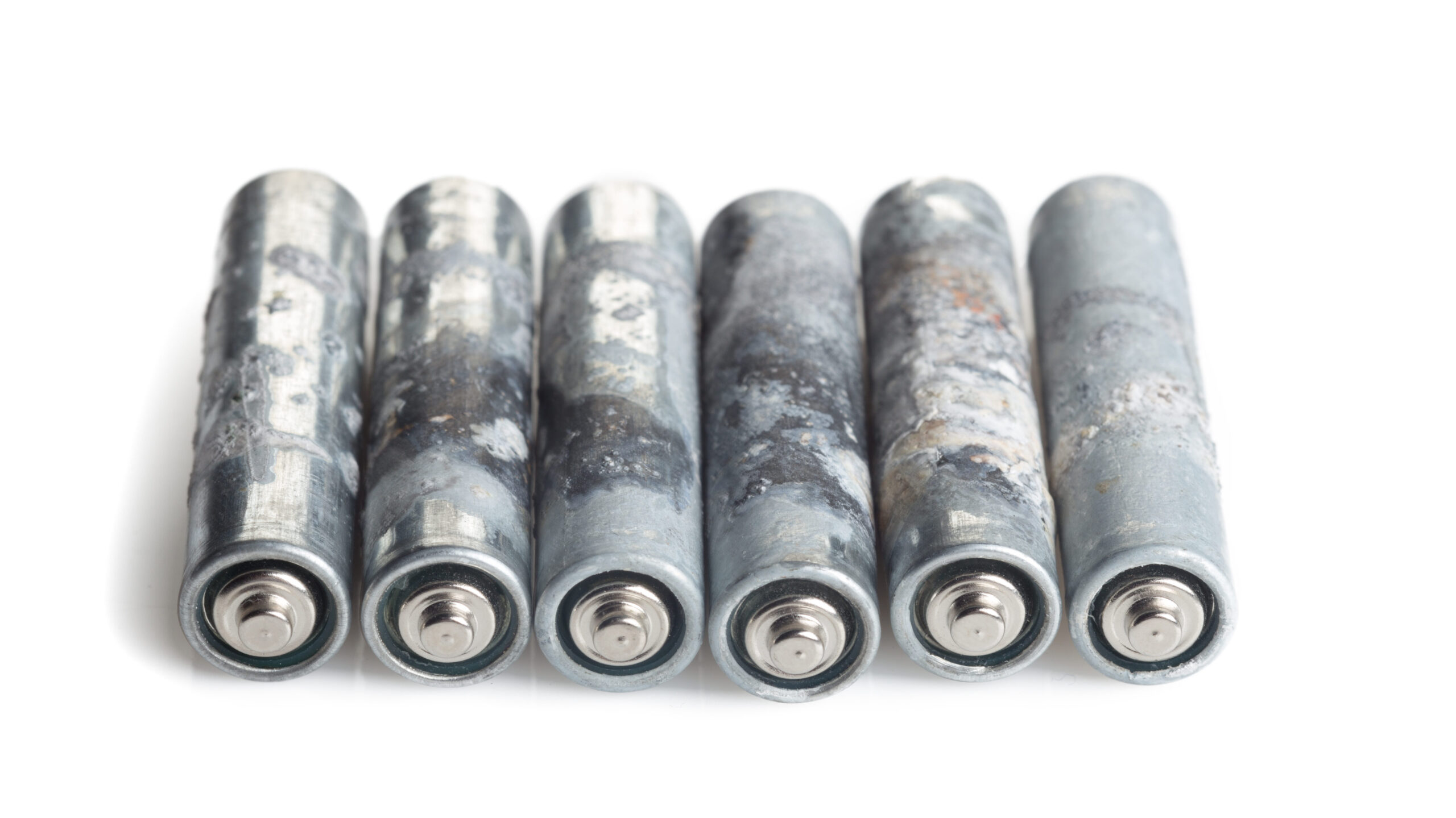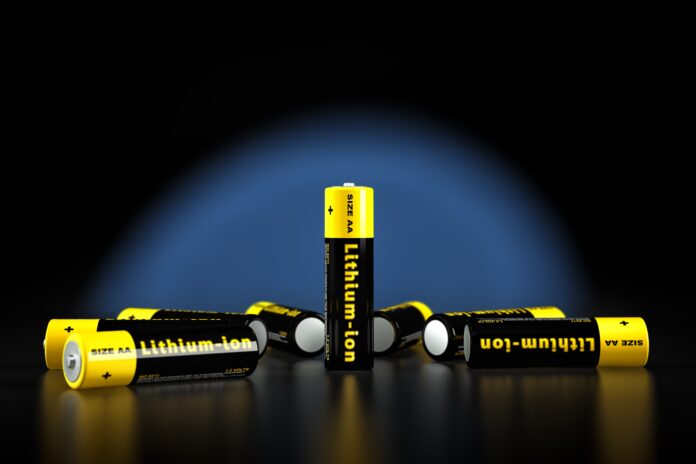Can Tech Keep Up With Demand?
In a world rapidly shifting toward electric mobility and renewable energy, lithium-ion batteries have become as vital as oil once was. They power electric vehicles, store solar energy, and enable the digital tools that define modern life. Yet as this transition accelerates, the pressure on global lithium supply chains is reaching a critical point. Demand is outpacing supply, prices are rising, and geopolitical tensions are adding further strain. This has sparked growing concern over whether the next major resource crisis might not be about fossil fuels, but about batteries, and whether recycling can play a decisive role in averting it.
Lithium is central to most high-performance rechargeable batteries due to its light weight, high energy density, and electrochemical properties. But lithium is not unlimited. It is mined primarily in a handful of countries including Australia, Chile, China, and Argentina.
Extraction is energy-intensive, water-consuming, and increasingly controversial due to its environmental and social impacts. In some regions, lithium mining is threatening biodiversity, depleting groundwater reserves, and displacing Indigenous communities.
Global demand for lithium is expected to grow at least fivefold by 2030, driven mainly by the electric vehicle revolution. Leading automakers have committed to fully electric fleets within the next decade. At the same time, grid-scale battery storage is becoming essential to manage fluctuating renewable energy sources. Without significant intervention, the supply of raw lithium may not keep pace.
This has brought battery recycling into sharper focus. Recycling could help close the loop, reduce dependence on virgin materials, and cut the carbon footprint of battery production. The process involves recovering valuable metals like lithium, cobalt, nickel, and manganese from used batteries, then reintegrating them into new cells. In theory, a circular economy for batteries could make the energy transition more sustainable and resilient.

In practice, battery recycling faces significant challenges. First, the infrastructure is not yet widely established. Most used batteries today end up in landfills or are stored indefinitely. Second, the chemistry and structure of batteries vary widely, making efficient, scalable recycling difficult. Current processes are often expensive, energy-intensive, and require toxic reagents.
Technologies are emerging to change this. Some firms are developing closed-loop systems that use hydrometallurgy, a water-based method, to selectively extract metals with minimal emissions. Others are piloting direct recycling techniques, which aim to preserve the structure of battery materials for reuse. Major players like Redwood Materials in the United States, Li- Cycle in Canada, and Northvolt in Sweden are building out large-scale recycling plants with the goal of processing tens of thousands of tons annually.
Policy is also starting to catch up. The European Union is finalizing regulations that would require minimum recycled content in new batteries and impose extended producer responsibility on manufacturers. In China, a centralized recycling system is already underway. The United States is investing in domestic battery recycling through its Department of Energy and private-sector initiatives.
Still, recycling alone cannot meet the exploding demand in the short term. It takes time for batteries to reach end-of-life, and current volumes of recyclable material are far below projected needs. Industry experts estimate that even in an aggressive recycling scenario, secondary lithium supply might only meet 10 to 20 percent of demand by 2030.

This means that recycling must be pursued alongside strategies to reduce battery size, improve battery longevity, and develop alternative chemistries. Sodium-ion and solid-state batteries, while still in development, offer the potential to reduce reliance on scarce materials. Automakers and electronics producers are also working to make devices easier to disassemble and reclaim.
For countries like Sri Lanka and others in the Global South, the lithium crisis is both a challenge and an opportunity. Without domestic mining resources, developing recycling capabilities and participating in regional circular supply chains may offer a path to greater energy security and industrial innovation. Strategic partnerships, technology transfer agreements, and investments in skilled labor could position smaller economies as key nodes in the global battery lifecycle.
Ultimately, the lithium crisis is not just a matter of scarcity, but of design. If batteries are engineered from the outset with recycling in mind, and if systems are built to retrieve and reprocess them efficiently, then the coming surge in demand may be manageable. But if these changes are delayed, the transition to a green economy could stumble over its own raw materials.
The race to electrify is also a race to recycle. Whether the world is ready may define the next chapter in both climate policy and global industry.




